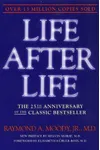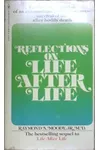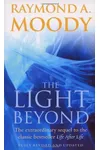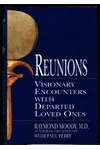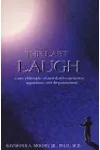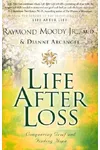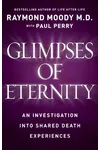Picture a philosopher who dared to explore the mysteries of death and came back with stories that changed the world—meet Raymond A. Moody Jr.! This American psychiatrist and author revolutionized how we think about the afterlife with his groundbreaking book, Life After Life, which introduced the term 'near-death experience' (NDE) to the world. With a curious mind and a knack for listening to people’s extraordinary stories, Moody turned tales of bright lights and tunnels into a global conversation about what lies beyond.
Moody’s work isn’t just academic—it’s deeply human. His books offer comfort to those grieving, hope to those facing mortality, and a bold challenge to skeptics. Let’s dive into the life, works, and legacy of this trailblazer who made us rethink the final frontier.
The Making of Raymond A. Moody Jr.
Born on June 30, 1944, in Porterdale, Georgia, Raymond A. Moody Jr. grew up as the son of an agnostic surgeon, which sparked his early fascination with life’s big questions. He earned a BA, MA, and PhD in philosophy from the University of Virginia, diving deep into the nature of existence. Later, he added a PhD in psychology and an MD, blending his love for ideas with a scientific lens. His journey into NDEs began in 1965 as an undergraduate, when he met Dr. George Ritchie, who shared a vivid account of his own near-death experience. That story lit a spark that would define Moody’s career.
Raymond A. Moody Jr.’s Unforgettable Works
Moody’s 1975 book, Life After Life, is the cornerstone of NDE research. Based on interviews with 150 people who had been clinically dead and revived, it describes common experiences like floating above one’s body, traveling through a tunnel, and meeting a radiant 'Being of Light.' Selling over 13 million copies, it became a cultural phenomenon, making NDEs a household topic. Its accessible, compassionate tone invites readers to ponder life’s continuation without fear.
Moody didn’t stop there. In The Light Beyond (1988), co-authored with Paul Perry, he explored more NDE cases, revealing how these experiences transform lives, often reducing fear of death. Glimpses of Eternity (2010) introduced 'shared death experiences,' where loved ones witness a dying person’s transition, further expanding his research. His memoir, Paranormal (2012), reflects on his personal struggles, including a 1991 suicide attempt due to an undiagnosed thyroid condition, adding depth to his scientific pursuits. Moody’s style blends rigorous inquiry with storytelling, making complex ideas feel intimate and relatable.
Other works, like Making Sense of Nonsense (2020), explore the intersection of science and spirituality, while Proof of Life After Life (2023) compiles decades of research to argue that consciousness survives death. His books, translated into dozens of languages, consistently invite readers to question and hope.
Why Raymond A. Moody Jr. Matters
Moody’s work has reshaped psychology, spirituality, and even medicine. By giving a name to NDEs, he validated the experiences of countless people who felt dismissed. His research inspired other scholars, like cardiologist Pim Van Lommel, and influenced popular culture, from movies to TV shows. Beyond academia, Moody’s books offer solace to those grieving or facing terminal illness, suggesting death is a transition, not an end. Despite criticism from skeptics who argue his methods lack statistical rigor, Moody’s empathetic approach and sheer volume of case studies keep his work compelling.
His legacy lies in opening a dialogue about death that was once taboo. Today, his Life After Life Institute continues to explore consciousness, ensuring his ideas endure. Moody’s courage to tackle the unknown has made him a beacon for those seeking meaning in mortality.
- Born: June 30, 1944, Porterdale, Georgia
- Key Works: Life After Life, The Light Beyond, Glimpses of Eternity, Proof of Life After Life
- Awards: World Humanitarian Award, Denmark; Bronze Medal, New York Film Festival for Life After Life film
Ready to explore the mysteries of the afterlife? Grab Life After Life and dive into Raymond A. Moody Jr.’s transformative world of hope and wonder!
